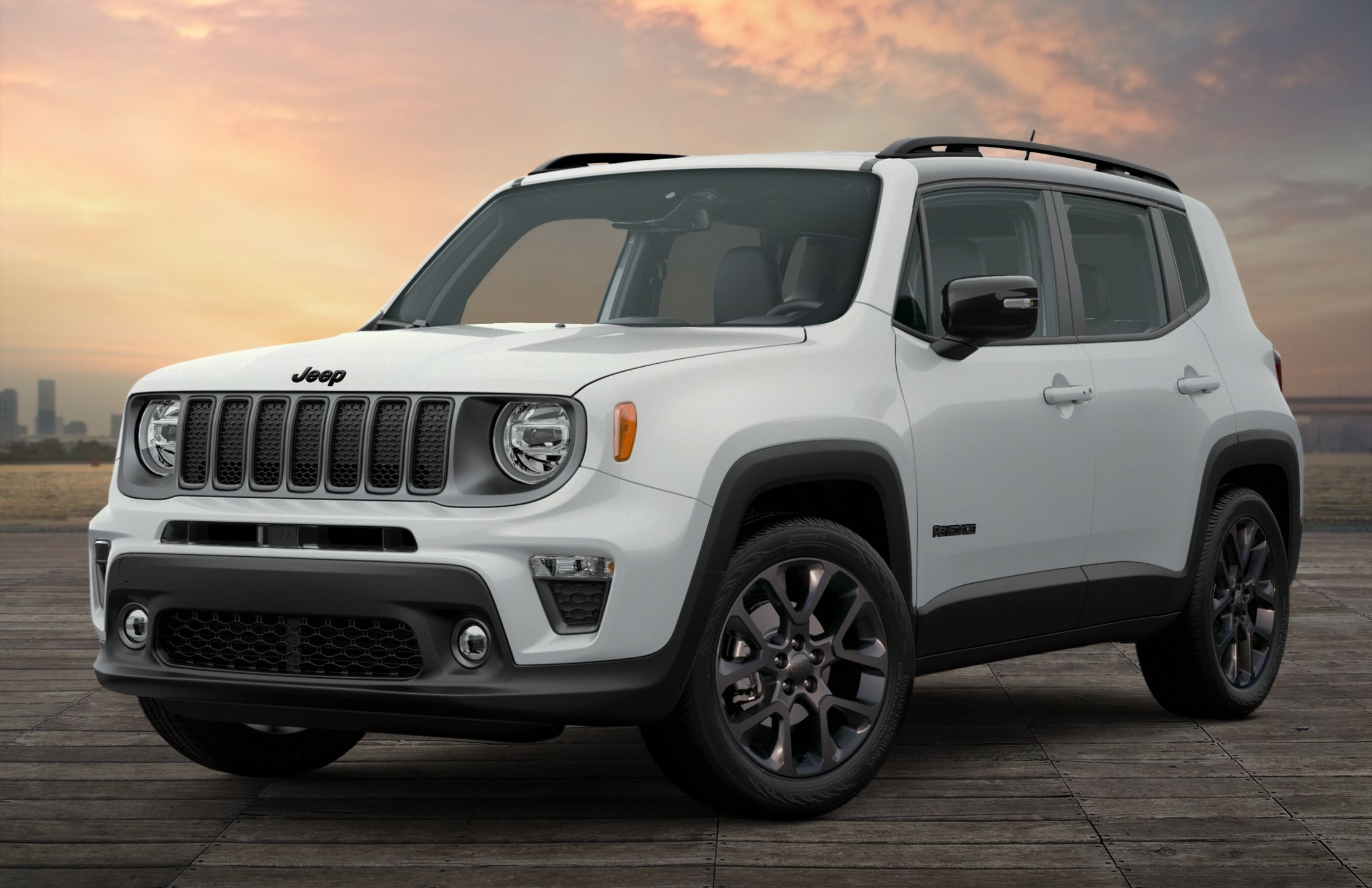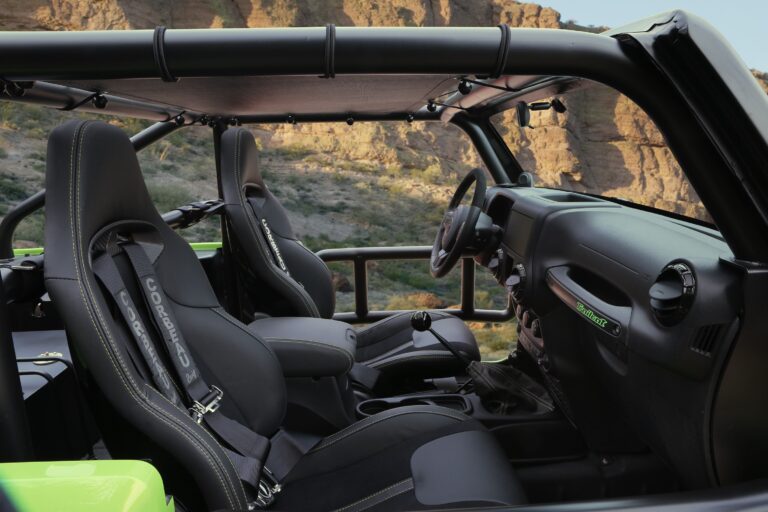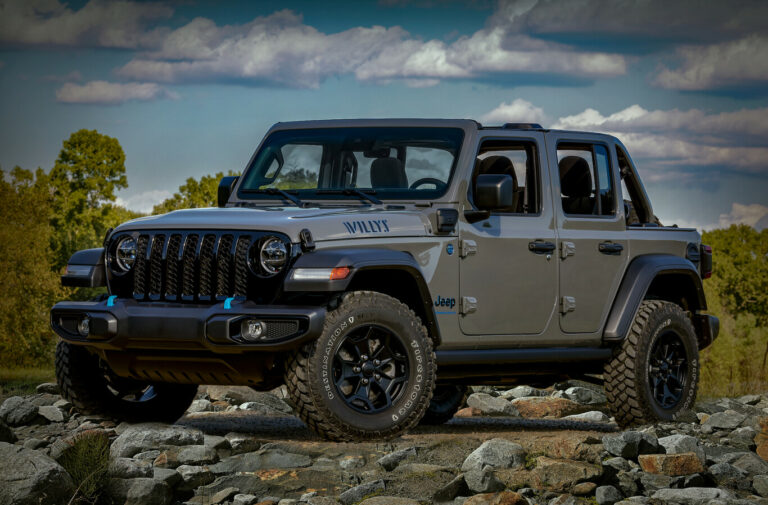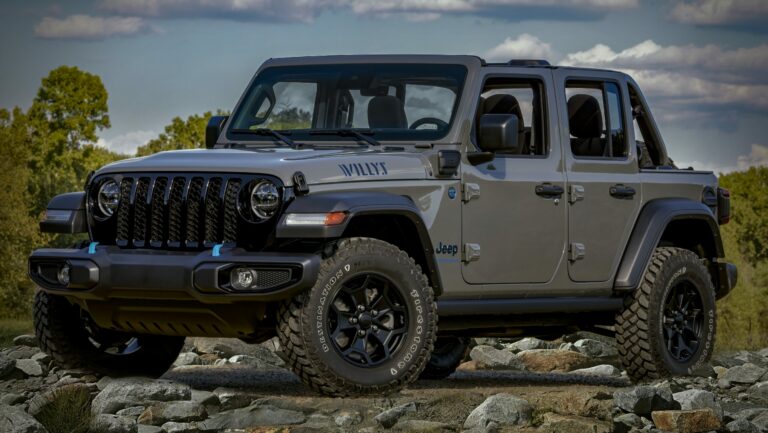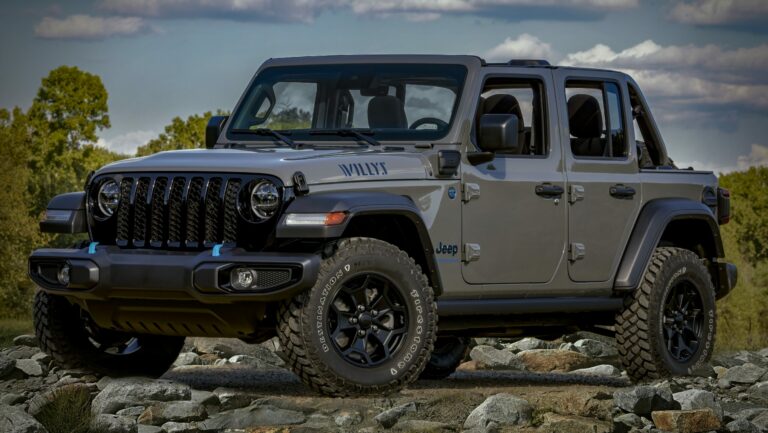Jeep YJ Chassis For Sale: The Foundation for Your Next Off-Road Adventure or Restoration
Jeep YJ Chassis For Sale: The Foundation for Your Next Off-Road Adventure or Restoration jeeps.truckstrend.com
The Jeep YJ, produced from 1987 to 1995, holds a unique place in the hearts of off-road enthusiasts and classic Jeep aficionados. Known for its distinctive square headlights – a departure from its CJ predecessor – and its robust, leaf-sprung suspension, the YJ Wrangler quickly earned a reputation for rugged simplicity and go-anywhere capability. While the YJ’s engine, transmission, and body panels are often the focus of attention, the true backbone of this iconic vehicle is its chassis.
For anyone embarking on a full restoration, a custom build, or simply needing to replace a severely compromised original, the "Jeep YJ Chassis For Sale" becomes a critical search. This article serves as a comprehensive guide, delving into everything you need to know about acquiring, assessing, and understanding the importance of a quality YJ chassis. Whether you’re resurrecting a classic, building a rock crawler from the ground up, or replacing a rusted-out frame, a solid chassis is the bedrock of your project, dictating the safety, performance, and longevity of your beloved Jeep.
Jeep YJ Chassis For Sale: The Foundation for Your Next Off-Road Adventure or Restoration
Understanding the Jeep YJ Chassis
At its core, a Jeep YJ chassis is a ladder-style frame constructed from heavy-gauge steel. This design, characterized by two parallel main rails connected by multiple crossmembers, provides exceptional strength and torsional rigidity – essential for navigating demanding off-road terrains. Unlike its coil-sprung successor, the TJ Wrangler, the YJ retained leaf springs both front and rear, a design choice that contributes to its classic ride feel and rugged durability.
The YJ chassis is more than just a steel skeleton; it’s the mounting point for virtually every critical component of the vehicle. The engine, transmission, transfer case, axles, suspension, steering system, fuel tank, and body tub all bolt directly or indirectly to the frame. This integrated design highlights why the condition of the chassis is paramount. A compromised frame can lead to a cascade of problems, from misaligned suspension components and poor handling to catastrophic structural failure.
Common issues affecting original YJ chassis largely revolve around rust and corrosion. Areas particularly susceptible include:
- Inside the frame rails: Mud, water, and debris often get trapped, accelerating internal corrosion.
- Body mounts: Especially at the rear, where water and road grime accumulate.
- Skid plate mounting points: These areas are exposed to impacts and moisture.
- Spring perches and shackle mounts: Critical stress points prone to rust-through.
- Rear frame sections: Behind the rear wheels, where road spray and salt can cause significant damage.

Why Purchase a Standalone YJ Chassis?
The decision to seek out a standalone YJ chassis, rather than buying a complete vehicle, typically stems from specific project needs:
- Full Restoration Projects: When an original YJ’s frame is too far gone due to severe rust, accident damage, or previous poor repairs, replacing the chassis entirely is often the most sensible and safest option for a high-quality restoration.
- Custom Builds and Buggy Conversions: Enthusiasts looking to build a highly customized off-road rig or a dedicated rock crawler often start with a bare chassis. This allows for modifications like stretching the wheelbase, custom suspension setups, or specific drivetrain mounts without compromising an existing vehicle.
- Engine Swaps and Drivetrain Upgrades: For those planning a significant powertrain upgrade (e.g., a V8 conversion), starting with a fresh, strong chassis provides a clean slate. It’s often easier to fabricate new engine and transmission mounts on a bare frame than within the confines of a complete vehicle.
- Donor Vehicles: Sometimes, the most cost-effective way to get a solid frame is to find a YJ with a good chassis but a bad body or powertrain. However, stripping a full vehicle can be labor-intensive. A standalone chassis cuts straight to the chase.
- Safety and Longevity: A new or professionally refurbished chassis ensures a strong, uncompromised foundation, significantly enhancing the safety and lifespan of your rebuilt Jeep.
![]()
Key Considerations When Purchasing a YJ Chassis
Acquiring a YJ chassis requires meticulous inspection and careful consideration. This isn’t a purchase to rush.
- Thorough Rust Inspection: This is the most critical step. Bring a flashlight, a small hammer (for tapping, not beating), and a magnet.
- External Surfaces: Look for obvious flaking rust, pitting, and bubbling paint which can hide deeper issues.
- Internal Frame Rails: Shine your flashlight into all openings and drain holes. Look for accumulated debris, mud, and internal corrosion. Tap suspicious areas.
- Common Weak Points: Pay extra attention to body mounts, skid plate mounts, spring perches, shackle mounts, and the rear frame rails. These are notorious for rusting through.
- Patchwork: Be wary of excessive welding, patch panels, or thick layers of undercoating/bondo, which can conceal severe damage or shoddy repairs.
- Straightness and Accident History: A twisted or bent frame is virtually useless.
- Visual Inspection: Look down the length of the frame rails from both ends to check for obvious bends or kinks.
- Measurement: If possible, measure diagonally from opposite corners to ensure symmetry. Look for ripples in the steel, especially around crossmembers, which can indicate impact damage.
- Repair Signs: Check for signs of frame pulling, excessive heat marks from welding, or non-factory cuts and re-welds that aren’t professionally done.
- Condition of Mounting Points: All critical mounts (engine, transmission, body, suspension, steering box) must be intact and free from damage or severe corrosion. Replacing these can be complex and costly.
- VIN and Legality: Does the chassis have a Vehicle Identification Number (VIN) stamped on it? If so, is it legible? More importantly, understand the legal implications of using a different VIN or registering a vehicle built on a "new" chassis in your state or country. This can vary widely and may require special inspections or "reconstructed" titles. Always check with your local Department of Motor Vehicles (DMV) before purchase.
- Storage Conditions: Ask the seller how the chassis has been stored. A frame stored indoors, away from moisture and elements, will generally be in much better condition than one left outside in the dirt.
- Previous Modifications: Has the frame been stretched, shortened, or modified for a specific application? If so, assess the quality of the fabrication. Poorly executed modifications can compromise structural integrity.
Types of YJ Chassis Available
When searching for a Jeep YJ chassis, you’ll generally encounter a few categories, each with its own price point and benefits:
- Used/Original Chassis: This is the most common type. Condition can range from a barely usable, heavily rusted frame that requires extensive repair to a remarkably well-preserved specimen from a dry climate. Prices vary wildly based on condition.
- Refurbished/Blasted & Coated Chassis: These frames have been professionally stripped of rust (often via sandblasting), inspected for damage, repaired as needed, and then coated with a protective layer (e.g., powder coat, epoxy primer, or automotive paint). While more expensive, they save significant time and effort in preparation and offer excellent rust protection.
- New Aftermarket Replica Frames: Several reputable companies manufacture brand-new, exact reproduction YJ frames. These are the highest-quality option, completely rust-free, and built to original specifications or even with improvements in material thickness or weld quality. They represent the most significant investment but provide a perfect, clean slate for a top-tier build.
The Buying Process: Tips for a Smooth Transaction
- Research and Budget: Understand the various types and their typical costs. Set a realistic budget that includes the purchase price, potential shipping, and any necessary repairs or coating.
- Inspect in Person: Whenever possible, travel to inspect the chassis yourself. Pictures can hide flaws. Bring your inspection tools (flashlight, magnet, small hammer).
- Ask Detailed Questions: Inquire about the chassis’s history, where it came from, how it was stored, and any known issues or repairs.
- Request Specific Photos/Videos: If an in-person inspection isn’t feasible, ask the seller for detailed, high-resolution photos and videos focusing on common rust areas, mounting points, and overall straightness.
- Verify VIN (If Applicable): If the chassis has a VIN, attempt to run a check to ensure it’s not from a stolen or salvaged vehicle that could cause titling issues.
- Arrange Shipping/Pickup: Chassis are large and heavy. Factor in transportation costs. You’ll likely need a flatbed trailer or to arrange freight shipping. Secure the chassis properly for transport.
- Documentation: Always get a bill of sale, even for low-value transactions. If a VIN is involved, ensure the documentation reflects it accurately.
Common Challenges and Solutions
- Finding a Rust-Free Chassis: This is arguably the biggest challenge. Solution: Expand your search to drier climates (Southwest US, certain parts of Canada). Be patient, as good frames are not always readily available. Consider the cost-benefit of a cheaper, rusty frame versus a more expensive, pristine one.
- Transportation: Moving a bare chassis requires specialized equipment. Solution: Rent a suitable flatbed trailer, or hire a professional freight service. Always have assistance for loading/unloading.
- Legalities of Re-VINing/Titling: Navigating state-specific regulations can be a headache. Solution: Contact your local DMV before you buy. Get clear guidance on what is required to register a vehicle built on a new or replacement chassis. Some states are very strict, potentially requiring a "reconstructed" title, or even making it impossible to transfer the original VIN.
- Unexpected Damage/Rust: Even a seemingly good frame might hide issues. Solution: Factor a contingency budget for unforeseen repairs (welding, sandblasting, coating) into your project plan.
Price Table: Jeep YJ Chassis For Sale (Estimated Ranges)
The price of a Jeep YJ chassis varies significantly based on its condition, whether it’s an original used frame, refurbished, or brand new.
| Chassis Type/Condition | Description

